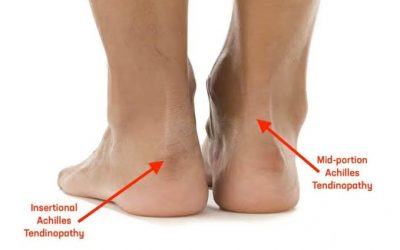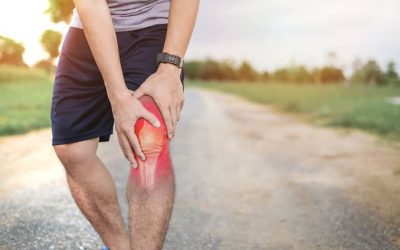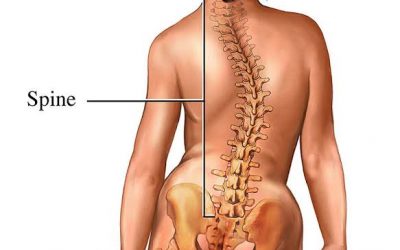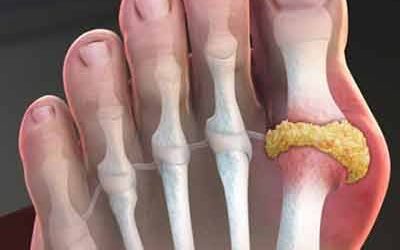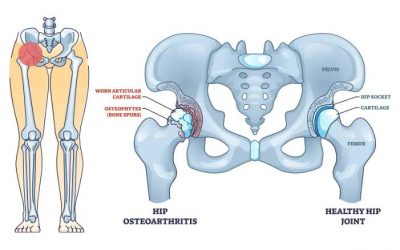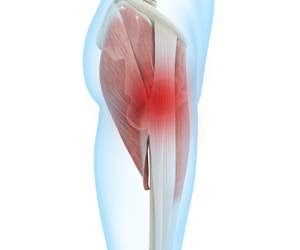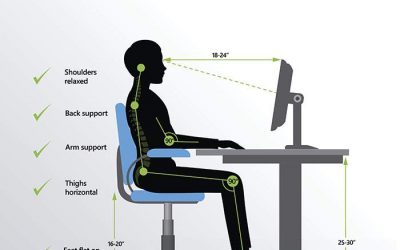Tennis Elbow
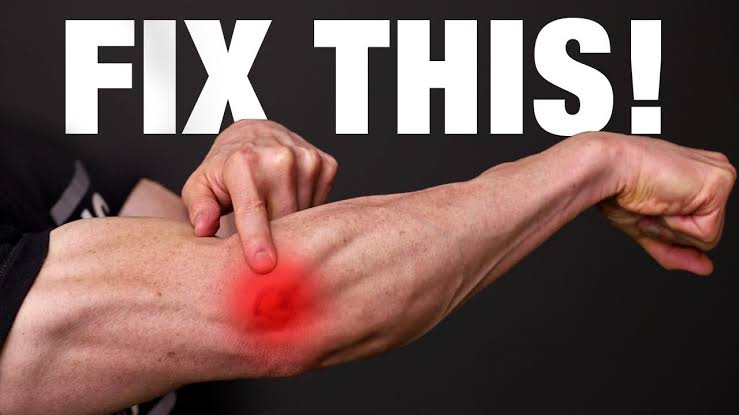

Tennis elbow is an inflammation of the tendons that join the muscles of the forearm to the outside of the elbow. It often occurs due to overuse of these muscles and tendons. Tennis elbow is also known as lateral elbow pain or lateral Epicondylitis.
Despite the name, you can get tennis elbow even if you’ve never been near a tennis court. Any repeated arm movement can inflame your tendons.
The most common symptom of tennis elbow is recurring pain on the outside of the upper forearm, just below the bend of the elbow. Pain may also be felt further down the arm, towards the wrist.
Pain can occur when the individual lifts or bends the arm. It is also felt while performing basic actions, such as writing or when gripping small objects.
Tennis elbow can cause pain when twisting the forearm. This can be noticeable when turning a door handle or extending the forearm fully.
Cause
Tennis elbow usually develops over time. Repeated motions, like gripping a tennis racket during a swing, can strain your muscles and leave the work up to your tendons, causing them to become inflamed and ripe for microscopic tears.
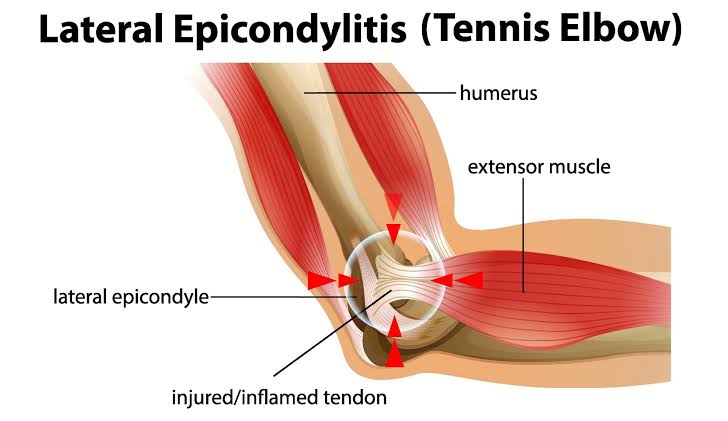
Tennis elbow might result from jobs or hobbies that require repeated arm movements such as:
- Tennis
- Racquetball
- Squash
- Fencing
- Weightlifting
- Carpentry
- Typing
- Painting
- Raking
- Knitting
Treatment
- Rest: Resting the arm is important. A break in activity allows the tears in the tendon attachment to heal. Tennis players treat more serious cases with ice, anti-inflammatory drugs, soft tissue massages, stretching exercises, and ultrasound therapy.
- Physical therapy: A professional can show you exercises to strengthen and stretch the muscles in your shoulder, upper arm, and wrists.Massage and Acupuncture are all good way to relief the tight of the muscle attached to the lateral epicondylitis.
- Steroids: Shots into your elbow tendons can briefly ease some of the swelling and pain around your elbow joint.
- Strapping or taping the forearm: Supporting the area can help realign the muscle fibers and relieve pressure on the area. A physician may recommend using a splint for 2 to 3 weeks to take the elbow out of action.
Other conservative treatments: Further options include injections of botulinum toxin, also known as Botox, and extra-corporeal shock wave therapy (ESWT).
Surgery: This may be needed to remove the damaged part of the tendon and relieve the pain in the rare cases where nonsurgical treatment does not resolve symptoms in 6 to 12 months. Between 80 and 95 percent of patients recover without surgery.
How to Prevent Tennis Elbow
As much as you can, try not to overuse your elbow. Stop if you feel any elbow pain during an activity.
You can also:
In general:
- Make sure your arms are strong and flexible.
- Avoid repetitive arm and wrist movements.
- Use your shoulder and upper arms to take the strain off your elbow.
- Avoid bending or straightening your arm all the way.
